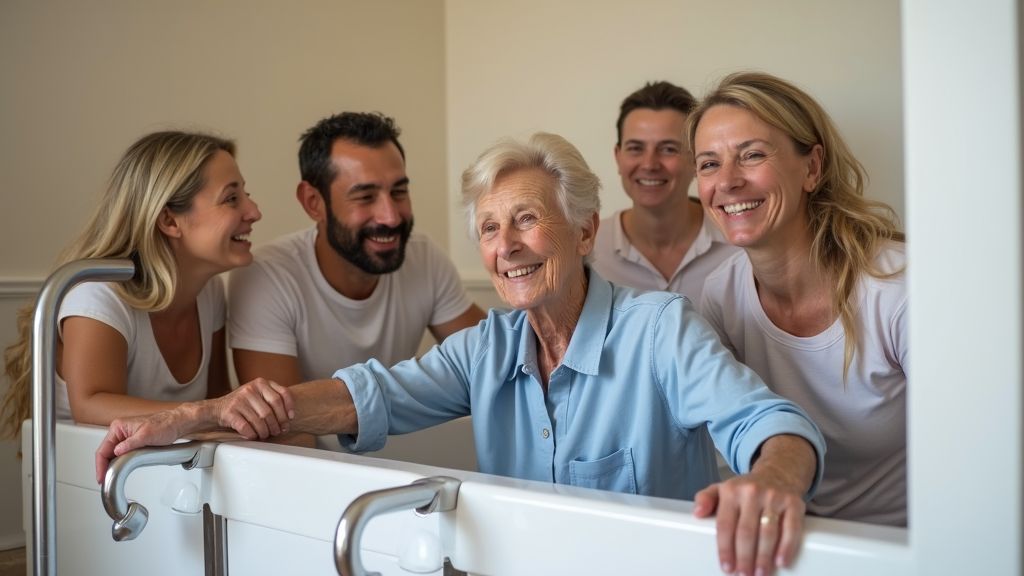In an aging society, maintaining independence is paramount, yet one simple renovation could be the key to an elder's autonomy. Walk-in tubs have emerged as a safe, luxurious haven, but the financial coverage under Medicare remains shrouded in complexities. Let's delve into the underexplored avenues of how seniors can enhance bathroom safety without bearing the full financial brunt.

Navigating the Maze: Are Walk-In Tubs Eligible for Medicare Coverage?
For many seniors, the notion of transitioning to a walk-in tub remains a dreamy concept until financial realities hit hard. Medicare, a beacon of hope for countless elders, unfortunately, does not directly reimburse for walk-in tubs. However, the story doesn't end here. While the steep price tag might initially deter families, exploring the corridors of Part B may unearth certain cases where Medicare might contribute towards the cost, particularly if prescribed for therapeutic reasons by healthcare professionals like Dr. Emily Lawson.
The Compassionate Prescription: How Medical Necessity Plays a Role
It's not uncommon for seasoned medical practitioners like Dr. Richard O'Malley to evaluate whether a walk-in tub meets a patient’s medical necessity. Conditions such as osteoarthritis, severe mobility issues, or chronic pain may render traditional bathing facilities insufficient or even hazardous. In such scenarios, a physician’s letter can make a compelling case to ensure that the transition to safer bathing facilities is deemed medically necessary, potentially influencing Medicare to offer partial aid.
Beyond Standard Coverage: Unveiling Alternative Financial Pathways
When Medicare's roadmap seems bleak, there are alternative paths that can light the way. Veterans' benefits, for example, may provide a more favorable landscape for eligible individuals like retired Navy officer John Simmons. Additionally, state-funded Medicaid programs can vary greatly, with some regions offering expanded home modification assistance. Consulting with representatives through the State Health Insurance Assistance Program (SHIP) might also reveal state-specific programs that ease the financial burden.
A Family Affair: Supporting Loved Ones in Their Quest for Safety
The installation of walk-in tubs often becomes a familial mission, spearheaded by concerned relatives like Martha, who juggles her responsibilities as chief caregiver to her aging parents. It’s a project that requires not just financial backing but emotional resilience and organized planning. Family members are encouraged to gather insights from licensed contractors and occupational therapists to ensure the chosen walk-in tub fits both spatial and functional needs, ensuring peace of mind.
Innovative Solutions: Bridging Independence and Modern Technology
In this age of innovation, the horizons of bathroom safety continue to expand. Entrepreneurs have entered the field with flexible financing options and cutting-edge designs that prioritize both comfort and style, contributing to a holistic approach in meeting the needs of individuals like Selina, who insists on elegance without compromising safety. Moreover, involving healthcare technology through telehealth consultations can provide additional insights and allow for more collaborative planning.